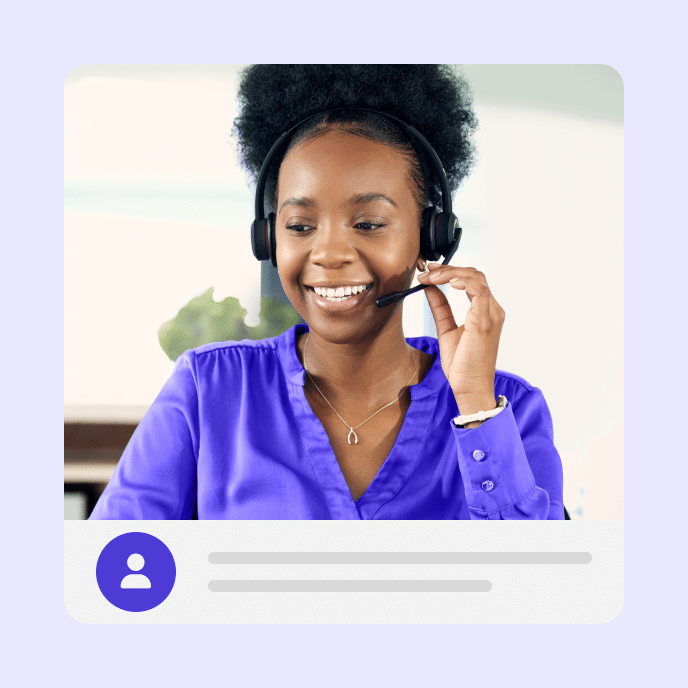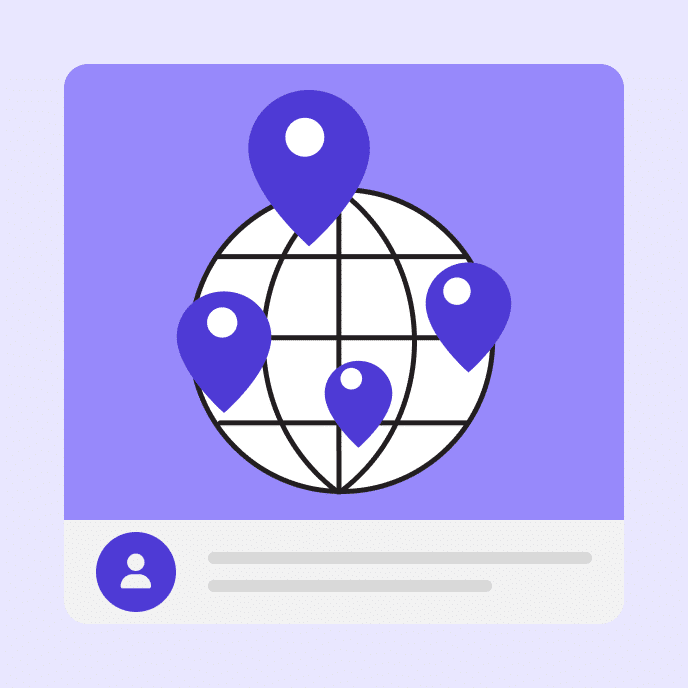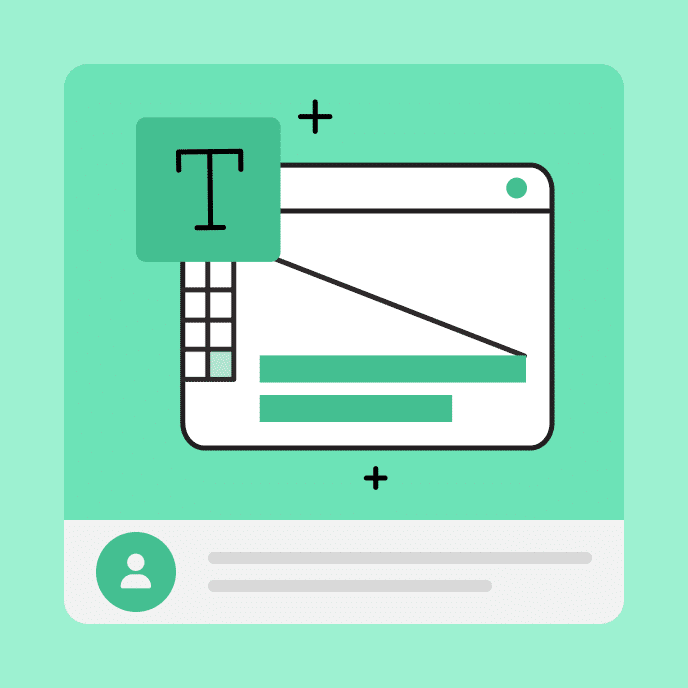5 Core Preboarding Strategies to Boost New Hire Engagement
Learn why preboarding matters, and explore effective strategies and timelines to engage new hires, accelerate time-to-productivity, and reduce early drop-offs.

Long-term new-hire success begins with effective preboarding
Imagine you’ve landed the recruit of your dreams, and all that remains between acceptance paperwork and renewed productivity is the two weeks before the recruit’s first official day of onboarding.
But a lot happens in those two weeks. Details are forgotten, excitement dwindles, other offers come in, and the connection built during the interview process is lost. Then, three days before onboarding begins, the new hire backs out. They’re pursuing another opportunity—one that aligns more closely with their passions and goals.
It’s not as rare as you might think—about 50 percent of candidates who accept a job offer back out before starting. Now, you’re stunned. You know there was a solid connection made between the candidate’s professional goals and organizational values, but you’re left wondering if there’s anything more that could have been done to keep the fire going.
So, what separates the organizations that cultivate an environment where new hires can hit the ground running? The phase between offer acceptance and onboarding—referred to as preboarding—is an opportunity to engage new hires, create lasting bonds, and boost time-to-productivity.
In this post, learn what preboarding is and why it matters, and explore four core strategies to create engagement-driven, structured preboarding processes that reduce drop-offs and accelerate productivity.
Key Takeaways
- Preboarding—the phase between offer acceptance and onboarding—has the potential to increase new hire retention, build lasting relationships, and accelerate time-to-productivity.
- Clear communication, early attention to paperwork, and a personalized approach all enhance the preboarding experience, continually engaging new hires until their first day on the job.
- Engagement-driven touchpoints like welcome kits, creative swag boxes, informal lunches, and team introductions help new hires acclimate to company culture, ensuring a smooth transition.
- Timing matters. Whether you have two weeks, four weeks, or three days to preboard, make sure you follow a structured timeline, include all key stakeholders, and coordinate across departments.
What is preboarding?
A robust preboarding process—the phase between offer acceptance and onboarding—has been proven to increase new hire retention by 82 percent. Aimed at creating engagement, clarity, and preparation, a solid preboarding process is a priority for any global team.
During this phase, future employees might:
- Learn more about their role—expectations, hierarchies, pay structure
- Learn more about the organization—values, mission, and culture
- Complete necessary paperwork—initial contract, tax documents, background checks
- Get to know their onboarding buddy
- Get familiar with the onboarding schedule
- Receive company gifts and swag
- Receive welcome emails from the CEO and/or managers
- Create personnel accounts and log ins
Many of the examples in the above bulleted list may sound trivial when compared to onboarding tasks like technical skills or soft skills training, but they serve as a critical stepping stone to long-term success—both for the new hire and your organization.
Why preboarding matters
Even before onboarding begins, preboarding sets the foundation for an employee’s journey within an organization. Meant to provide early engagement to alleviate first-day anxiety, an effective preboarding process also prevents early drop-offs, sets expectations, and builds culture.
Let’s dive into a few organizational benefits of employee preboarding that set the stage for long-term success.
Boost retention and reduce non-starters
Put simply, preboarding sets the stage for onboarding, but it can do so much more. Setting the tone for new team members before they even set up their desk is more important than you might think. Organizations that don’t provide a preboarding experience are more likely to lose new candidates within the first six months.
Having an organized, fortuitous, and productive first day is a sign of effective preboarding, which boosts retention and reduces the chances of costly, early turnover.
Accelerate productivity and engagement
Preboarding lays the groundwork for a smoother transition on day one and an accelerated time-to-productivity. Alleviating common first-day and first-week stressors like the socialization process means job performance comes into focus sooner, accelerating time-to-productivity.
The introduction of job responsibilities, expectations, and the chance to connect with colleagues before their first day helps keep new hires engaged, excited, and motivated to produce. It can also eliminate slower ramp up time, meaning new hires can dive into projects and priorities immediately.
Build emotional connection
Making meaningful connections in the workplace matters. Best-in-class companies know this starts with preboarding—35 percent of successful companies are more likely to start onboarding before the first day—giving new hires a chance to build a solid relationship before day one. Without meaningful connections, work can feel like just work, nothing more, increasing the chances of employee burnout.
This early relationship building can also help acclimate new hires to company culture, easing their need to do so during their first days on the job. This not only gives new hires more time to focus on familiarizing themselves with their role, but at least one colleague to help them navigate any questions or concerns.
 5 preboarding strategies to boost new-hire engagement
5 preboarding strategies to boost new-hire engagement
Depending on its length, the preboarding process can be packed with engaging, relevant material to help new hires visualize and prepare for their journey within the company. From contract signing, organizational values, and role specifics to company swag boxes and welcome emails, there are four core preboarding strategies that should never be skipped.
1. Early, clear communication
Every time I’ve accepted a job offer, I’m immediately excited to get started. But, without quick and clear next-steps communication, that excitement can quickly dissipate. Here’s how to avoid this:
- Send a welcome email. Actually, send two. The first should personally welcome the new hire and provide a clear “next-steps” checklist to complete before day one. The second should introduce the new hire to their team and vice versa. This gives their soon-to-be colleagues a chance to introduce themselves, forming lasting bonds before day one.
- Clarify role expectations. The interview process is often a whirlwind. Information overload is almost guaranteed, and no one can blame new hires for not remembering every single detail that was covered. During preboarding, consider scheduling a quick follow-up meeting to clarify role responsibilities. Review reporting hierarchies and have a FAQs list handy.
More than anything, keep it simple, concise, and focused. The preboarding process should not be overly complicated. Make sure new hires have a point person—whether that’s you, their new manager, or someone from HR—to avoid overlapping requests and muddled messaging.
2. Provide logistical tools and paperwork
To avoid delayed time-to-productivity, the majority of paperwork and logistics can be carried out during preboarding. Perhaps your first welcome email could include a checklist with links to all necessary paperwork—contract, tax forms, benefits, and payroll setup, etc.
Additionally, you can begin setting up accounts for new hires to any software they’ll be using on-the-job, as well as the learning management system (LMS) they’ll use for technical skills or soft skills training during onboarding.
Frustration can come easily when employees show up for their first day of work only to find out they don’t yet have access or permissions for the tools they need to succeed. Have a liaison from the IT department spearhead this task, who can also handle any tech equipment distribution like laptops and work phones.
3. Personalize the experience
It seems too simple, but personalizing the preboarding process—like a swag box with the new hire’s name printed on it—creates a sense of belonging that can be the difference between a great first day and a disastrous one. But personalization doesn’t stop there.
You wouldn’t assign the same onboarding training modules to the new legal intern as you would to a new marketing director. Similarly, preboarding should include tailored content to the role. There may be overlapping FAQs like parking or benefits enrollment, but things like dress code, working hours, and even questions surrounding lunch breaks may differ greatly by department.
Lastly, most of us remember what it was like to walk into the lunchroom on the first day of high school, hoping against hope that someone would invite us to sit down next to them. Reduce chances of first-day anxiety by implementing an onboarding buddy system, with introductions during preboarding to cultivate a quick connection. New hires paired with veteran buddies report 36 percent more work satisfaction, proving a familiar face can work wonders.
4. Start the learning early
See if you can start your new hires’ learning early. This will not only cultivate a culture of continuous learning early on, but put new hires in a productive mindset before they even enter the doors on day one. Microlearning courses work best, providing bite-sized chunks of information for quick consumption and easy retention.
Preboarding content could include:
- A short video from the CEO covering company values
- An interactive image of a workspace with hotspots covering the new hire’s roles and responsibilities
- An interactive checklist that follows the preboarding process
- A short audio snippet from an established employee, talking candidly about their own first-day experience to alleviate anxiety
With a comprehensive e-learning platform, creating quick, responsive courses for preboarding activities and custom, personalized learning pathways once onboarding begins is a cinch.
5. Ask for feedback
While everyone has differing opinions and preferences, soliciting feedback about your organization’s hiring process can quickly uncover common pain points, frustrations, and wins. Doing so right away shows new hires their opinions are already valuable information to the company, promoting a more transparent hiring and training process.
Use any survey tool to elicit ratings responses for each step of the hiring process and even short or long-answer questions to allow suggestions or praise.
Bonus strategy: Have a company outing or event that lines up with the preboarding schedule? Invite your new hires to attend as guests, complete with personalized nametags and seating arrangements with their soon-to-be teammates.
Or schedule an informal lunch—at the company’s expense—to allow new hires to socialize with each other and established colleagues. Either way, you’re encouraging team-building outside of the regular work context in a warm, welcoming environment.
Create engagement-driven touchpoints during preboarding
Beyond general strategies, there are several specific ways to drive new hire engagement during preboarding. Check out the list below for a few ideas to implement.
Welcome kits and swag
Everyone likes receiving gifts, and a personalized welcome kit full of swag—wrapped in company colors no less—creates excitement ahead of day one. Fill the swag box with a company branded coffee mug, pens, a polo or long sleeve, can koozie, a bag of chocolates, and a personalized note welcoming the new hire to the team.
Opportunities to get creative with your swag are endless. For example, a kitchen appliance company might include personalized oven mitts, or a packaging & bottling company might include a branded pint glass. They’ll appreciate the gesture, and they might even make a social media post about it, giving you free publicity.
Introductions and storytelling
When I was in my fifth year of teaching, I had the chance to record a short welcome video for first-year teachers. I introduced myself, gave quick advice, talked about what they might not expect, and offered an open-door policy to any of them needing a quick pick-me-up.
Introductions like this give new hires a glimpse of what their future might look like within the organization, and it gives them a face and a name when they’re in need. The same can be done for the aforementioned buddy system. Schedule 15-30 minute get-to-know-you video sessions with their buddy or encourage them to meet in person if possible.
Initiating these close relationships before day one has clear benefits—85 percent of employees who have a close friend in the workplace say those friendships have had a positive impact on their career.
Virtual community building
In addition to an onboarding buddy, new hires should be introduced to their whole team ahead of their first day. This can take the form of virtual video conferences with the team or an informal lunch in the weeks prior to their start date.
Each team member can introduce themselves, their role, their hobbies, their family life, etc. This not only gives new hires a sense of who they’ll be working with, but could serve as a chance for the already existing team to renew their connections to each other.
Timing and logistics for employee preboarding
Now that you have a few ideas of what to do, let’s talk about when all of this should happen. Below you’ll find information on when to start preboarding, a structured timeline to follow, and cross-department coordination priorities to make each new hire’s experience consistent and complete.
When to start
After a candidate accepts an offer, don’t wait to send out that welcome email. Send it out immediately to ensure the candidate knows their success is your number one priority. Include a “What to Expect” list clarifying when they’ll receive the next communication, a preboarding checklist, and an onboarding schedule so they can clearly see their journey leading up to their first day.
Structured timeline
Putting together a structured preboarding timeline to follow provides all key stakeholders with the information they need, whether they’re the new hire’s manager, colleague, or the new hire themselves. Here’s a suggested example, one you can shuffle to suit your needs:
- 1-2 weeks before start date: Send the welcome package—welcome emails, swag box, personalized notes, organization chart, and company information.
- 1 week before start date: Schedule coffee or virtual chats, team introductions, and get the ball rolling on administrative material like payroll, benefits, and tax forms. This is also a good time to send the full, detailed onboarding schedule so they can begin to plan out and visualize their first week.
- A few days before start date: Get new hires set up with technology like laptops or work phones. It’ll give them a chance to connect with the IT department, and work out any technological issues before day one.
- The night before: Have the new hire’s manager send a personalized email with an encouraging reminder of what the company saw during the interview process that impressed them. They can also reminisce on their first day, offer to cover lunch tomorrow, or share whatever’s on their mind.
However you decide to structure your preboarding program, make sure it’s consistent and all key stakeholders are informed.
Align across teams
In order for day one to go as smoothly as possible, many different departments are involved. The HR department, IT department, L&D department, and direct managers all have distinct roles in making sure new hires have a smooth transition into the workplace.
HR managers provide new hires with organizational information like company values and culture. They’ll need to be connected with their mentors, have all the necessary equipment set up for them via the IT department, and a clear workspace set up courtesy of the operations department.
Make sure their direct manager is available to greet them on their first day. This important coordination and alignment across teams ensures a smooth onboarding process, proven to boost productivity by 70 percent.
Accelerate time-to-productivity with engaging preboarding
Well-structured preboarding boosts engagement, reduces early drop-offs, accelerates time-to-productivity, and lays a solid foundation for new hires. Provide personalized, relevant, and timely touchpoints like welcome kits, swag boxes, team introductions, and informal lunches to keep new hires engaged throughout the preboarding process.
Help them get familiar with their role and organizational hierarchies by assigning them a tenured employee or mentor they can reach out to any time to help them acclimate to company culture. Each new hire’s success begins with preboarding, and their success directly impacts your bottom line.
Ready to create best-in-class preboarding? Start your free trial of the Articulate 360 platform to begin creating relevant, timely preboarding courses today.
You may also like

Cut Through the Chaos: How to Update Your Call Center Team
Scrambling to communicate updates? Learn how to keep your call center team aligned, agile, and ready. No more chaos—just confident, consistent support.

